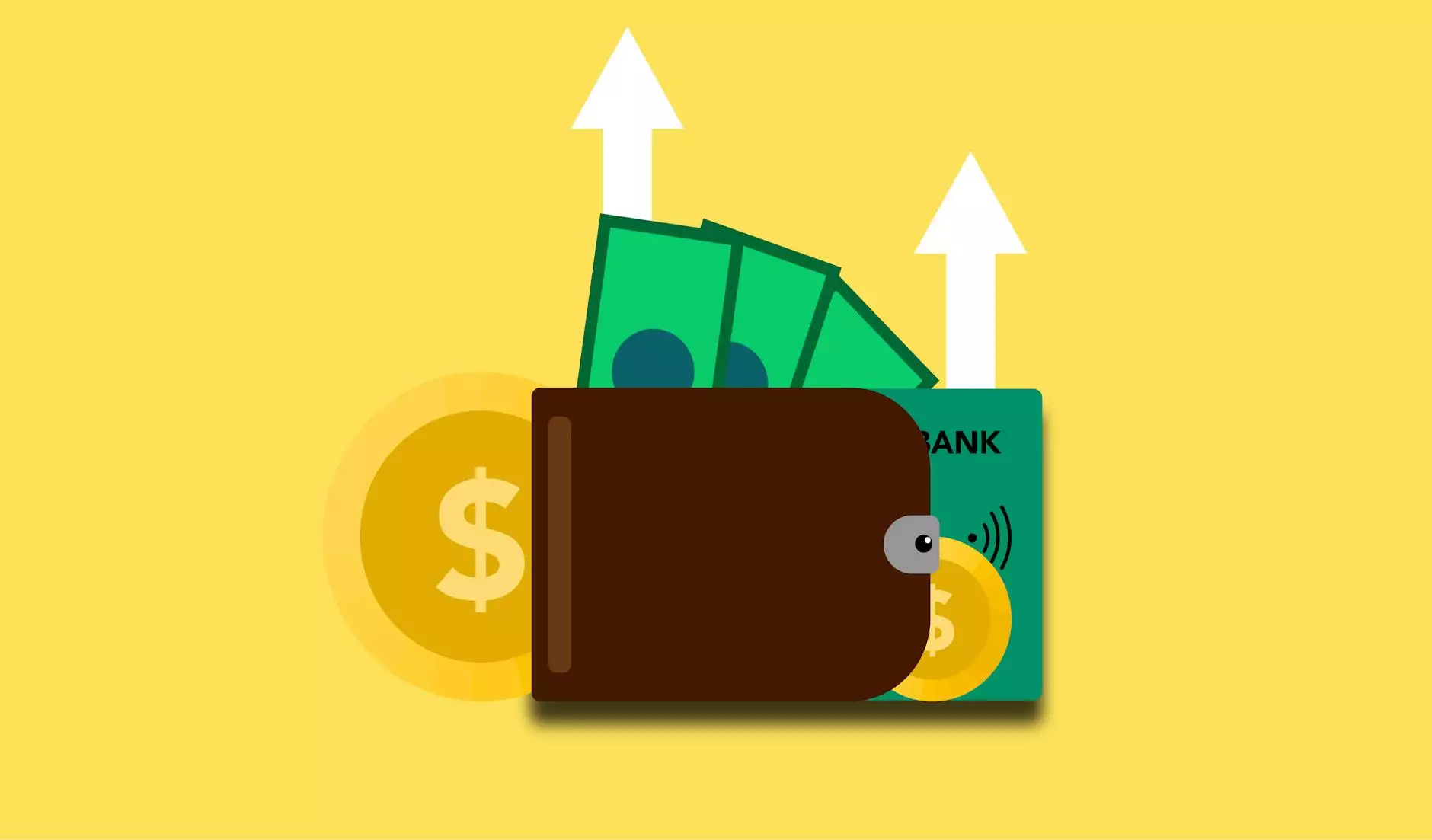What is a Design Sprint? Why is it Important?
Blog
Introduction
In today's fast-paced and highly competitive business environment, staying ahead in the market requires innovation and speed. To address this need, many forward-thinking companies have adopted a creative problem-solving framework known as a design sprint. Design sprints are widely recognized as an effective method to rapidly prototype and validate new ideas, products, or services.
Understanding Design Sprints
A design sprint is a time-bound, collaborative process that brings together cross-functional teams to tackle complex problems and find innovative solutions. Typically, it involves a five-day workshop where stakeholders from various disciplines work together to define challenges, ideate solutions, and create prototypes for testing.
1. Define the Problem
Design sprints start by clearly defining the problem or challenge to be solved. This step involves conducting research, gathering insights, and aligning the team's understanding of the problem.
2. Ideate and Brainstorm
Once the problem is well understood, the team engages in creative brainstorming sessions to generate a wide range of ideas. This encourages diverse thinking and ensures that all possibilities are explored.
3. Prototyping
During this phase, the team brings the selected ideas to life through prototyping. This could be a physical mock-up, a digital wireframe, or any other representation that allows stakeholders to visualize the proposed solution.
4. User Testing
Following prototyping, the team conducts user testing to gather feedback and validate the solutions. User feedback helps in identifying areas of improvement and refining the prototype before implementation.
5. Decision-Making
The final stage of a design sprint involves analyzing the user testing results, making data-driven decisions, and defining the next steps. The insights gained from the sprint inform future iterations or the development of a full-fledged product or service.
The Importance of Design Sprints
Design sprints offer numerous benefits to businesses operating in the marketing and advertising industry. Let's explore some key reasons why design sprints are important:
1. Accelerated Innovation
With design sprints, organizations can rapidly explore ideas, test assumptions, and validate concepts within a short timeframe. This accelerates the innovation process and gives businesses a competitive edge by swiftly bringing new and improved offerings to market.
2. Enhanced Collaboration
Design sprints promote cross-functional collaboration and knowledge sharing. By involving stakeholders from different departments, such as marketing, design, and development, organizations can leverage diverse expertise and tap into the collective intelligence of their teams.
3. Reduced Costs and Risks
By quickly prototyping and testing ideas, design sprints minimize the risks associated with developing and launching a full-scale product or service. Early user feedback helps identify potential flaws and allows for course correction before significant investments are made.
4. Customer-Centric Approach
Design sprints place a strong emphasis on understanding the needs and preferences of the target audience. By involving users in the testing phase, businesses can ensure that their solutions align with customer expectations, resulting in products that better meet market demands.
5. Iterative Improvement
Design sprints follow an iterative and agile approach, allowing for continuous improvement. Through each sprint cycle, businesses learn from user feedback, adapt their solutions, and refine their offerings to meet changing market needs and stay ahead of the competition.
Conclusion
In summary, design sprints are a valuable tool for businesses in the marketing and advertising industry. Their structured approach to problem-solving, collaboration, and rapid innovation helps organizations stay relevant in today's dynamic business environment. Embracing design sprints can lead to enhanced creativity, reduced development risks, and ultimately, a competitive advantage in the market.




